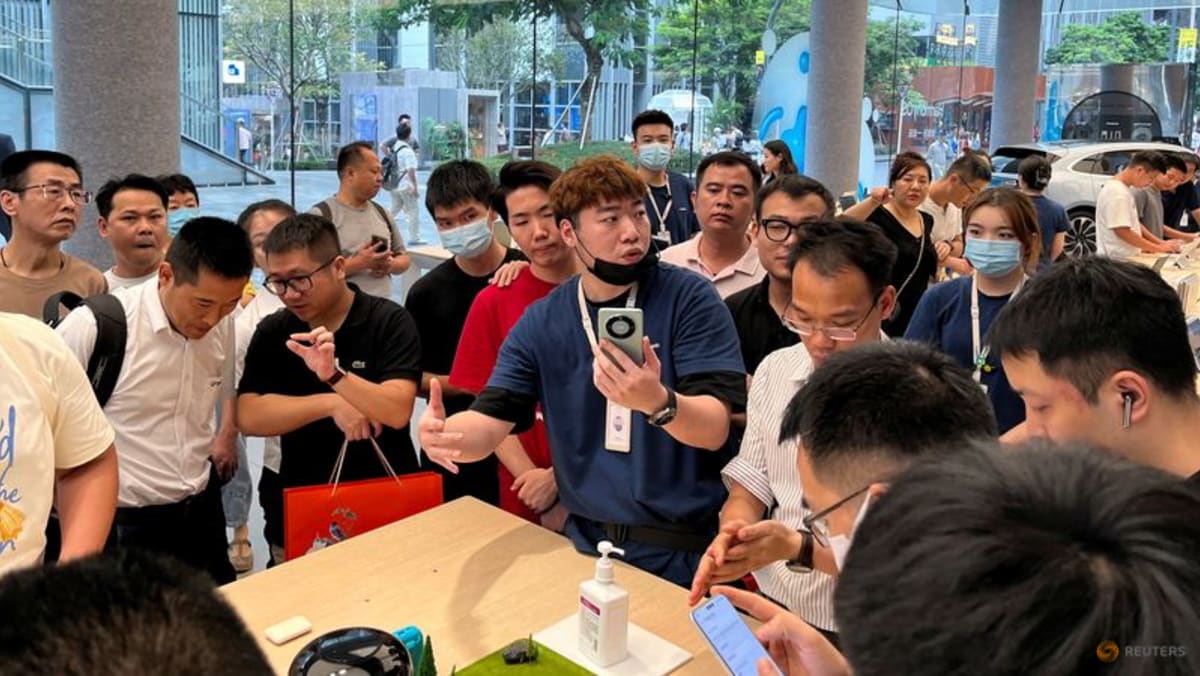Huawei Technologies and China’s top chipmaker SMIC have built an advanced 7-nanometre processor to power its latest smartphone, according to a teardown report by analysis firm TechInsights.
Huawei’s Mate 60 Pro is powered by a new Kirin 9000s chip that was made in China by Semiconductor Manufacturing International Corp (SMIC), TechInsights said in the report shared with Reuters on Monday.
Huawei started selling its Mate 60 Pro phone last week. The specifications provided advertised its ability to make satellite calls, but offered no information on the power of the chipset inside.
The processor is the first to utilise SMIC’s most advanced 7nm technology and suggests the Chinese government is making some headway in attempts to build a domestic chip ecosystem, the research firm said.



When I look at https://www.scmp.com/tech/big-tech/article/3233166/while-under-us-sanctions-where-did-huawei-get-advanced-chips-its-latest-mate-60-pro-smartphone then explanation #3 sounds the most probable, that those are chips they stockpiled before TSMC cut them off.
This would also explain why they’re not making a big deal of it. If China was able to do it themselves that would have been such a big deal and the propaganda machine would be spinning. But they refuse to give the full specs now and don’t say how they got it etc.
From what I understand China does not know how to make their own lithography equipment and they had to be imported from abroad. It’s specifically one of the things the sanctions are targeting. The second paragraph is interesting and it answers a question I had earlier about how they were sourcing their silicone. In the <9nm regime its really important that the silicone is amorphous, if it’s crystalline then lithography will fail since the edges it will etch will be jagged from the crystalline structure of the silicone. So my guess is they can’t make their own silicone either, at least not for etching 7nm chips.
Here’s a bit of geopolitics for you, Taiwan can make lithography equipment, which is why China has been so aggressive about Taiwan lately.
I don’t believe this is true, though I’m certainly no expert on the subject. Taiwan Semiconductor is the largest manufacturer of the chips, but they use lithography equipment manufactured by the Dutch company ASML.
Yeah, the OOP comment doesn’t really make sense. China is being more aggressive about Taiwan because nationalist drum beating is a good distraction from the economic tensions at home and because Biden has been more explicit about the US defending Taiwan than any president before him.
Take a look at the number of people who live in China, then look at their success at reverse engineering and copying technological products, then ask yourself what a couple of thousand of the best engineers they have could do with an unlimited budget and several years. It’s it really inconceivable that they could copy and manufacture this equipment?
Indeed